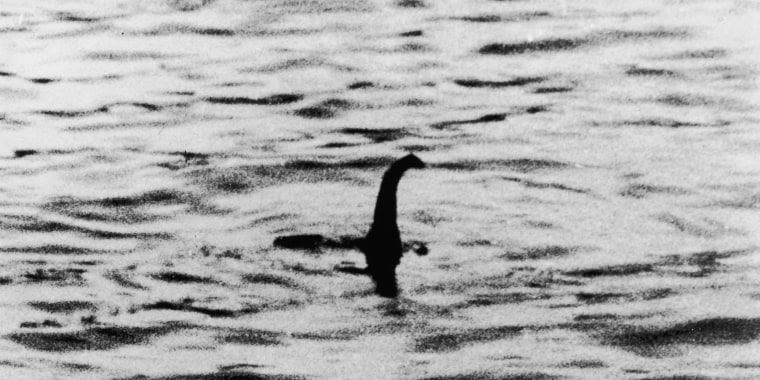What exactly is lurking under the water in Scotland's Loch Ness?
A New Zealand professor who led a study examining millions of DNA samples over the past year believes the mythical Loch Ness monster could actually just be a giant eel.
Professor Neil Gemmell from the University of Otago told Kelly Cobiella on TODAY Thursday about one possibility when it comes to the famous "monster" that thousands of people have claimed to have seen over the last century.
"There's an awful lot of eel DNA in Loch Ness," he said from the shores of Loch Ness. "Could it be a giant eel? Well, we know there are mutations that make things much larger than normal."
There is one thing Gemmell does believe when it comes to the famous creature, which has been the source of numerous hoaxes and debunked photos since its first reported modern "sighting" in 1933.
"We have no definitive evidence of a monster," he said at a press conference Thursday.
Gemmell collaborated with naturalist Adrian Shine, who has spent 40 years investigating Loch Ness, to extract genetic material from around 250 water samples from all over the nearly 23-mile-long body of water to determine all the living creatures that have left a trace of their existence in Loch Ness.
For decades, many researchers theorized that the Loch Ness monster might be a Jurassic reptile known as a plesiosaur.
"There doesn't seem to be any plesiosaur DNA in Loch Ness," Gemmell said.
The researchers also explored the possibility of a giant catfish or sturgeon, but Gemmell told Cobiella they found no DNA evidence of either one.
Gemmell says 20% of his DNA samples are still unencoded, leaving the possibility open for some type of strange creature to be identified. He has put his results online for people to come to their own conclusions.
"There may well be a monster in Loch Ness, but we didn’t find it," he said at the press conference.
The results of the study are highlighted in a two-hour special airing on Sept. 15 on the Travel Channel.
